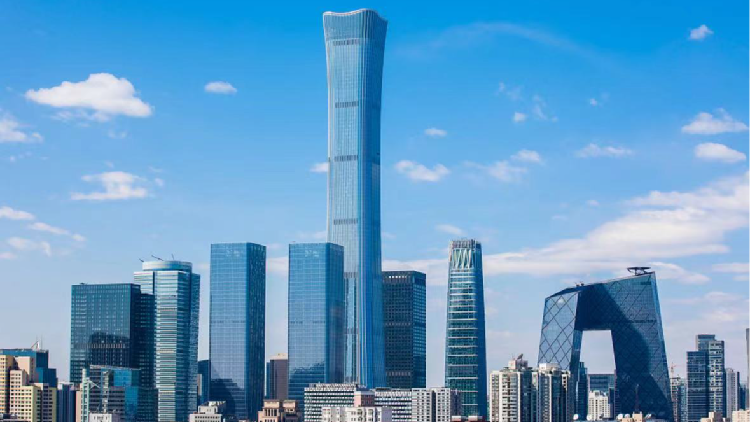Editor’s note: Jiang Ruiping is former vice president of China Foreign Affairs University. The article reflects the author’s opinions and not necessarily the views of CGTN. The article has been translated from Chinese and edited for brevity and clarity.
The latest round of globalization, which started in the 1990s, has provided a potent driving force and robust support for global economic growth and stability. However, it is now encountering strong impact and resistance from the “undercurrent” of deglobalization.
The new round of globalization was spearheaded by the developed Western countries, and the impact and resistance now encountered also come mainly from these countries, especially the United States (U.S.), who is the leader.
As for the main background behind or root cause for the U.S.-led deglobalization, internally, it is perceived that globalization has shifted a considerable amount of economic opportunities abroad, aggravating wealth inequality in the U.S., causing severe damage to the middle class, giving rise to populism, and fueling deglobalization sentiments.
Externally, it is believed that globalization has propelled the rapid rise of emerging market powers, particularly China, intensifying competitive pressures in the international market and even jeopardizing the international economic order dominated by the U.S. and the West.
The simmering deglobalization, especially the U.S.-dominated “small yard and high fence” and “decoupling” initiatives, has severely disrupted global supply chains, hindered international trade and investment activities, and impacted the post-pandemic recovery of the world economy.
Recently, many important international organizations have repeatedly called attention to the circumstance: global economic growth faces severe stagnation, even the risk of a new round of recession. One of the primary reasons for this stagnation and recession risk is the “global split” caused by deglobalization.
Against this backdrop, China, as a rapidly ascending emerging power, bears the indispensable responsibility of leading globalization in the right historical direction. A series of major initiatives it has taken recently are infusing new energy into economic globalization.
Firstly, China has expedited the construction of a new development pattern with domestic circulation as the mainstay. Enhanced efforts have been made to advance the strategy of boosting domestic demand, providing broader market resources for economic globalization. Meanwhile, initiatives like the annual China International Import Expo have actively expanded imports, demonstrating a wide range of exemplary and leading effects.
Secondly, there has been an active expansion of high-level opening up. While persistently expanding opening up, China has focused on institutional opening up in rules, regulations, management, and standards. Through its own high-level opening up, China is leading and furthering the construction of an open world economy.
Thirdly, an all-out effort has been made to promote high-quality Belt and Road cooperation. At the recently concluded third Belt and Road Forum for International Cooperation, China announced eight major steps supporting high-quality Belt and Road cooperation.
Fourthly, China is actively participating in and leading the reform and improvement of the global economic governance system. A particular focus has been placed on advancing reforms of significant international economic institutions such as the International Monetary Fund and the World Trade Organization. In particular, around the time of the 28th Conference of the Parties to the UN Framework Convention on Climate Change, significant contributions were made towards reaching a new agreement.
Lastly, China is engaging in and promoting various forms of regional economic cooperation while adhering to the principle of openness. Recent major initiatives include facilitating the comprehensive implementation of Regional Comprehensive Economic Partnership, advancing negotiations for the China-ASEAN Free Trade Area 3.0, and applying to join the Comprehensive and Progressive Agreement for Trans-Pacific Partnership and the Digital Economy Partnership Agreement.



